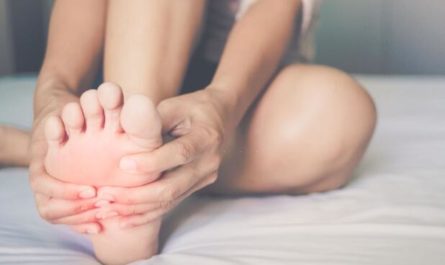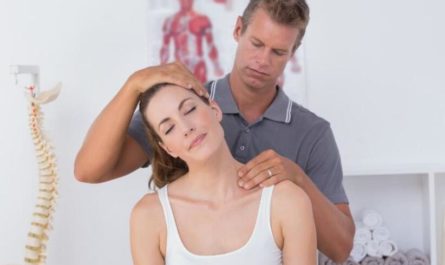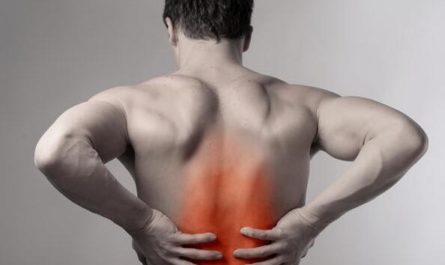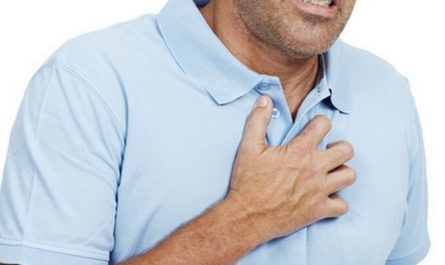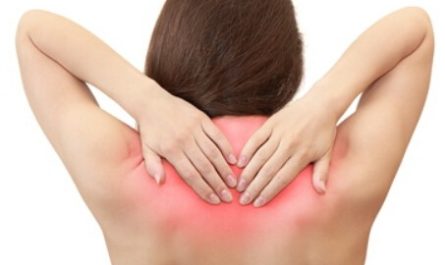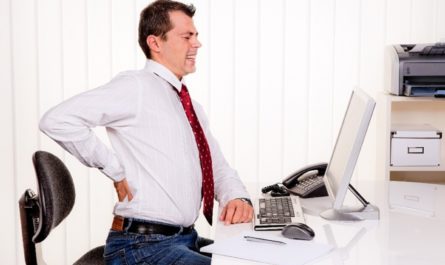Are you feeling a sharp pain in the back of your knee that’s making it difficult to walk or stand? If so, you’re not alone. Pain in the back of the knee is a common complaint among people of all ages and can have a significant impact on your daily life.
The causes of this type of pain can vary from a minor injury to a more severe condition, such as a torn ligament or a Baker’s cyst. It’s important to understand the potential causes of your pain and seek appropriate treatment to prevent further damage and alleviate discomfort.
In this article, we’ll explore the common causes of pain in the back of the knee and provide tips for managing your symptoms effectively. So, let’s dive in and learn how to get relief from this common condition.
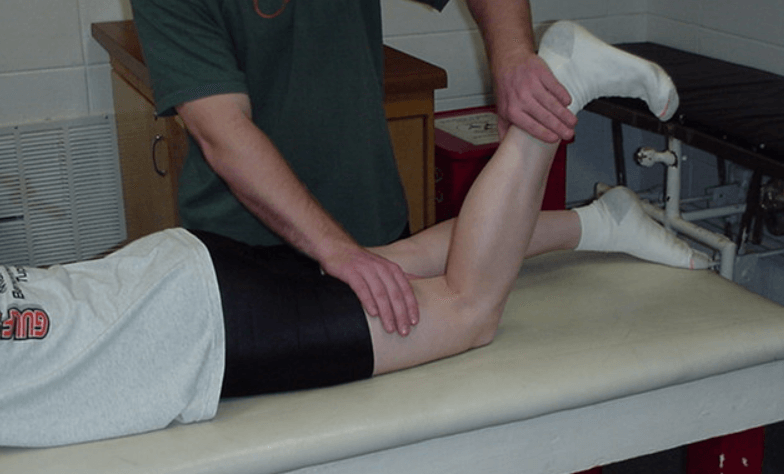
Symptoms of Pain in the Back of the Knee?
This type of pain usually starts as an ache or stiffness and can become more severe with activity. It may also be accompanied by swelling, redness, and tenderness.
1. Limited range of motion
A limited range of motion can be caused by an injury or tear in the knee ligaments or tendons. This can lead to pain and difficulty with activities that require a full range of motion, such as bending and straightening the knee. It may also be accompanied by swelling, redness, and tenderness.
2. Tenderness
Tenderness on the back of the knee can be caused by a tear in the ligaments or tendons, bursitis, or a Baker’s cyst. This type of pain is usually accompanied by a feeling of tightness or stiffness and may worsen with activity. It may also be accompanied by swelling and redness.
3. Popping or snapping
Popping or snapping sounds in the knee can be caused by a tear in the ligaments or tendons. This type of pain is usually accompanied by instability and can often be felt when the knee is bent or straightened. It may also be accompanied by swelling and redness.
4. Swelling
Swelling on the back of the knee can be caused by a tear in the ligaments or tendons, bursitis, or a Baker’s cyst. This type of swelling is usually accompanied by pain and tenderness and can worsen with activity. It may also be accompanied by redness.
5. Redness
Redness on the back of the knee can be caused by a tear in the ligaments or tendons, bursitis, or a Baker’s cyst. This type of redness is usually accompanied by pain and tenderness and swelling. It may also be accompanied by popping or snapping sounds in the knee.
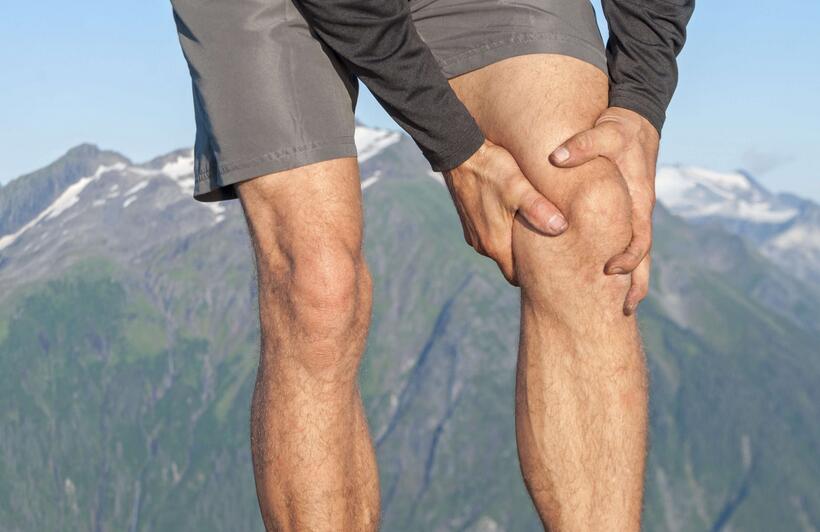
Common causes of Pain in the Back of the Knee
Here are some of the possible reasons.
1. Patellofemoral Pain Syndrome
Patellofemoral pain syndrome (PFPS) is a condition that causes pain in the back of the knee. It occurs when the kneecap rubs against the thigh bone, irritating the cartilage and soft tissue surrounding the area.
Symptoms include pain during physical activity and when climbing stairs, sharp pain when squatting and aching in the knee after sitting for a long period of time.
Treatments include stretching exercises, icing the area, and using a supportive brace or knee sleeve to reduce the stress on the knee.
2. Hamstring Strain
A hamstring strain is an injury to the muscles at the back of the knee. Symptoms include pain and swelling, difficulty walking or bending the knee, and a popping or tearing sensation.
Hamstring strains can be caused by overstretching or improper technique during physical activity, such as sprinting or jumping. Treatment includes rest, ice, compression, and elevation, as well as strength and flexibility exercises.
3. Baker’s Cyst
A Baker’s cyst is a fluid-filled sac that forms behind the knee. Pain in the back of the knee is the most common symptom, along with swelling and tightness. Baker’s cysts can be caused by knee injuries, such as a torn meniscus or arthritis. Treatment typically involves rest, ice, and anti-inflammatory medications. In some cases, a doctor may need to drain the cyst.
4. Osteoarthritis
Osteoarthritis is a degenerative joint disease that can cause pain in the back of the knee. Symptoms include stiffness and swelling, as well as a grinding sensation when the knee is moved.
Osteoarthritis can be caused by age-related wear and tear, injury, or obesity. Treatment includes rest, physical therapy, medications, and possibly surgery.
5. Bursitis
Bursitis is an inflammation of the bursa, a small sac filled with fluid cushions the knee. Pain in the back of the knee is the most common symptom, as well as swelling and tenderness.
Bursitis can be caused by repetitive movements, such as squatting or kneeling. Treatment includes rest, ice, compression, and elevation. Anti-inflammatory medications and corticosteroid injections may also be prescribed to reduce inflammation.
6. Injury
An injury to the back of the knee can cause pain, swelling, and a decrease in range of motion. Common causes of injury include direct trauma to the knee, twisting the knee, or sudden movements such as jumping or falling.
Depending on the severity of the injury, treatment may include rest, ice, compression, elevation, anti-inflammatory medications, and physical therapy. Surgery may be necessary in more severe cases.
7. Knee Sprain
A knee sprain is an injury to the ligaments of the knee, usually caused by a sudden twist or bend of the knee. Common symptoms of a knee sprain include pain, swelling, bruising, and limited range of motion.
Treatment may include the RICE method (rest, ice, compression, and elevation) and anti-inflammatory medications. Physical therapy and rehabilitation exercises may also be necessary to regain strength and range of motion.
8. Gout
Gout is an inflammatory form of arthritis caused by an accumulation of uric acid crystals in the joints. It can cause intense pain and swelling in the back of the knee.
Treatment may include medications to reduce inflammation and uric acid levels in the body. Dietary changes may also be necessary to reduce the risk of future gout flares.
9. Gastrocnemius Tendinopathy
Gastrocnemius tendinopathy is an overuse injury of the calf muscle. It is caused by repetitive strain on the calf muscle and can cause pain in the back of the knee.
Treatment includes rest, ice, stretching, and strengthening exercises. In more severe cases, physical therapy or injections may be necessary to reduce inflammation and pain.
Serious Causes of Getting Knee Pain
Some conditions are so serious that you should try to know the reasons for experiencing knee pain.
1. Baker’s Cyst
A Baker’s cyst, also known as a popliteal cyst, is a fluid-filled swelling that develops behind the knee joint. It is caused when excess synovial fluid from the knee joint accumulates and forms a mass in the back of the knee.
As well as causing pain, a Baker’s cyst can also cause stiffness and a feeling of tightness in the back of the knee. Treatment typically involves draining the cyst and taking anti-inflammatory medications.
2. Hamstring Tendinopathy
Hamstring tendinopathy is a condition in which the tendons in the back of the knee become inflamed and irritated. Symptoms of hamstring tendinopathy include pain in the back of the knee that worsens when standing, running or walking. Treatment typically involves rest, ice, physical therapy, and medications to reduce inflammation.
3. Patellar Tendinitis
Patellar tendinitis is a condition in which the tendon connecting the kneecap to the shinbone becomes inflamed and irritated. Symptoms of patellar tendonitis include pain and stiffness in the back of the knee that worsens with activity. Treatment typically involves physical therapy, stretching, and rest.
4. Meniscus Injury
A meniscus injury is an injury to the cartilage in the knee joint, which can cause pain in the back of the knee. Treatment typically involves rest, ice, physical therapy, and medications to reduce inflammation. In severe cases, surgery may be necessary.
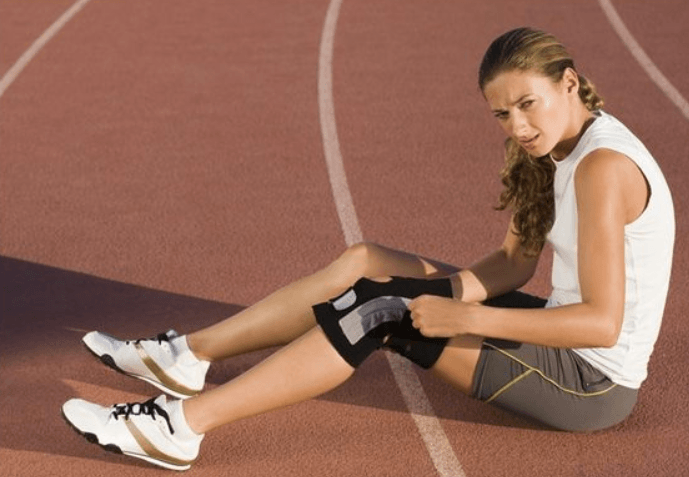
Natural Remedies for Pain in the Back of the Knee
1. RICE Method
The RICE method (Rest, Ice, Compression, and Elevation) is a popular home remedy for back knee pain. Resting the knee helps to reduce the strain and pressure placed on the joint.
Applying an ice pack can help to reduce swelling and inflammation. Compression with a wrap or brace helps to reduce movement in the joint and limit swelling. Finally, elevating the knee above the level of the heart can help to reduce swelling.
2. Stretching
Stretching the muscles around the knee can help to reduce pressure and tension in the joint. Gentle stretching of the hamstring, quadriceps, and calf muscles can help to reduce back knee pain. It is important to start with light stretches and work up to more intense stretches over time.
3. Massage
Massage can be used to reduce the pain and stiffness associated with back knee pain. A massage therapist can target the muscles around the knee and reduce tension and strain.
4. Heat Therapy
Applying heat to the back knee can help to reduce stiffness and pain. Heating pads, warm baths, and hot compresses can be used to reduce stiffness and increase flexibility in the joint.
5. Bracing
Wearing a brace can help to reduce movement in the joint and limit pain. Braces can be purchased over the counter or prescribed by a doctor.
Medical Methods for Pain in the Back of the Knee
1. Exercise
Exercise is one of the best ways to reduce pain in the back of the knee. Strengthening the muscles around the knee helps to support the joint, reducing strain and discomfort. Exercises like squats and lunges can help to strengthen the muscles around the knee and reduce pain.
2. Physical Therapy
Physical therapy can help to reduce pain in the back of the knee. A physical therapist can recommend stretching and strengthening exercises to help reduce strain on the knee and improve the range of motion.
Manual therapy techniques such as massage and joint mobilization can also reduce pain and improve joint function.
3. Injections
Injections of corticosteroids or other medications can reduce inflammation and pain in the back of the knee. They can be used to target specific areas of the knee and can provide short-term relief from pain.
4. Medications
Over-the-counter and prescription medications can reduce pain and inflammation in the back of the knee. Non-steroidal anti-inflammatory drugs (NSAIDs) can be used to reduce pain and inflammation, and certain medications can reduce muscle spasms.
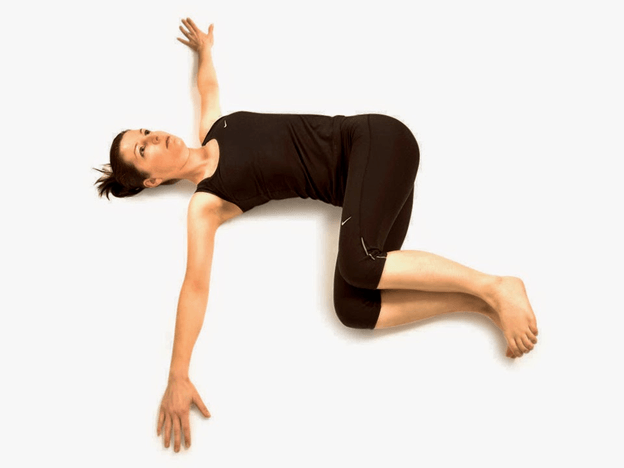
How to Prevent Pain in the Back of the Knee?
1. Strengthening the muscles around the knee
Strengthening the muscles around the knee can help to prevent pain in the back of the knee. Exercises such as squats and lunges are great for strengthening the muscles around the knee and can help to prevent pain. Additionally, using a resistance band to perform leg extensions can help to strengthen the muscles and reduce pain.
2. Stretching the muscles around the knee
Stretching the muscles around the knee can help to reduce tightness and improve flexibility, which can help to reduce pain in the back of the knee. Exercises such as calf stretches, hamstring stretches, and quadriceps stretches can all help to improve flexibility in the muscles around the knee.
3. Wearing supportive shoes
Wearing shoes that provide the necessary support for your feet can help to reduce pain in the back of the knee. Shoes that provide cushioning, arch support, and stability can help to reduce the strain on the knee and reduce pain.
4. Avoiding high-impact activities
High-impact activities can put a lot of strain on the knee, leading to pain. It is important to avoid activities that put too much strain on the knee, such as running and jumping.
5. Taking breaks during activities
Taking frequent breaks during activities can help to reduce strain on the knee and reduce pain. They can also help to reduce the amount of strain on the knee and ensure that the muscles around the knee are not overworked.

